- Joined
- Dec 6, 2015
- Messages
- 807
After another request to re-saw some boards after seeing the table (you know how it goes, "if you did that for my brother, you need to cut me some boards because lumber is too expensive"). My fence I had cobbled together had warped, and I got tired of c-clamping boards to my miter gauge in order to set the fence in place. For the first time in my life, I bought extruded aluminum. That, with some angle brackets, became my new bandsaw fence (a MUCH smaller bandsaw than winegrowers a few posts back). Checking for square, and the fence was not at 90 - it was 0.035" off over 3", and that was too much. I used brass shims on the end (three layers of 0.012"), and re-tightened it all. It's square.
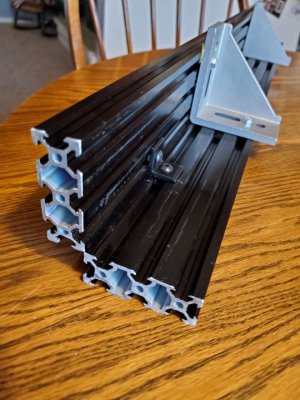
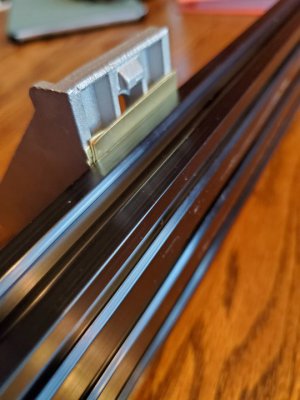
Next up, the mitre gauge measuring hack had to be replaced. I used some drop stock I had, and some thumb screws, to build the attachment. Screw holes were measured to fit the mitre gauge face slots, and for the angle aluminum slots, I drilled lots of holes and filed them down. The ruler was a craft-store ruler that had a plastic handle on it - that handle was softened using a heat gun, and then the ruler was trimmed and installed to the device.
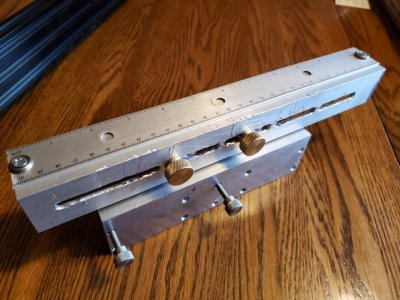
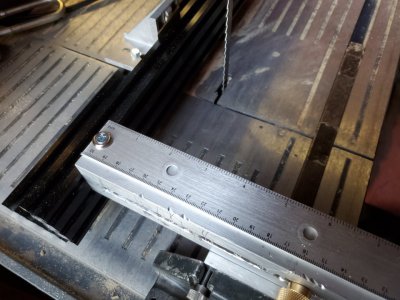
Now I have an accurate way of measuring depth of cut, then setting the fence to square based on that depth of cut by using the attachment at each end of the mitre slot to set the fence position.


Next up, the mitre gauge measuring hack had to be replaced. I used some drop stock I had, and some thumb screws, to build the attachment. Screw holes were measured to fit the mitre gauge face slots, and for the angle aluminum slots, I drilled lots of holes and filed them down. The ruler was a craft-store ruler that had a plastic handle on it - that handle was softened using a heat gun, and then the ruler was trimmed and installed to the device.


Now I have an accurate way of measuring depth of cut, then setting the fence to square based on that depth of cut by using the attachment at each end of the mitre slot to set the fence position.


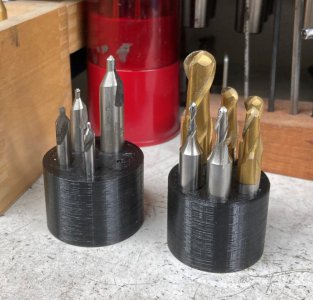
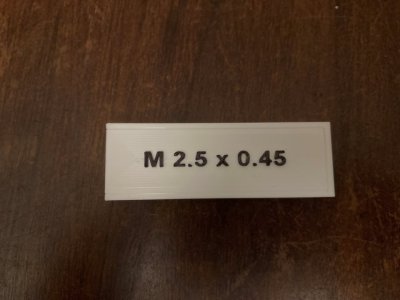
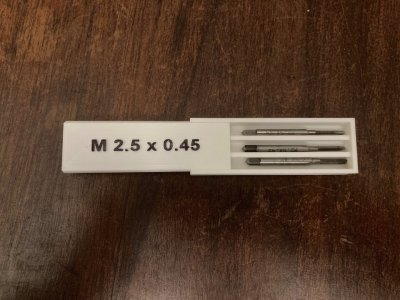
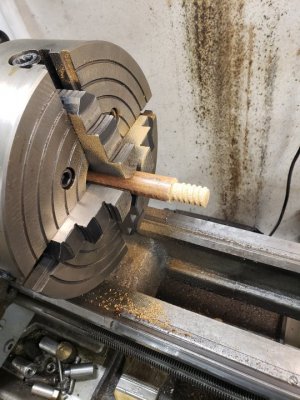
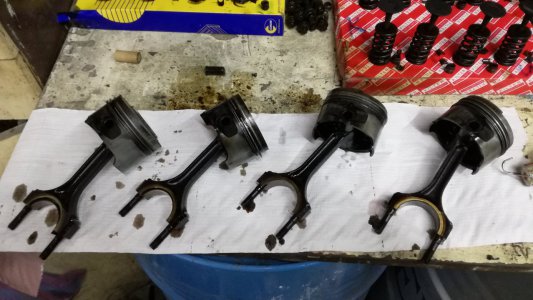
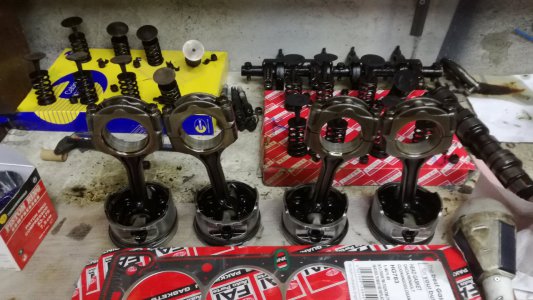
 Hadn't intended that.
Hadn't intended that.